UPDATE 2023:
After moving to Tampa, I got a MUCH less expensive treadmill and created a treadmill desk while I write my next book! You can get that treadmill here: Under Desk Treadmill
UPDATE 2017:
After doing more research on the keyboard, I realized that is not natural to hold our hands together for long periods. This is why I got a split keyboard (like this one), these individual wrist rests, and some no slip pads for the keyboard. For over a year now, I have not had a need to make any other changes with this set-up.
My work area has always been very important to me. When I lived in Brooklyn, I set up a studio in the finished basement of my ground-floor duplex. We called it NightSpitter Studio, and I was a bit of a perfectionist about it.
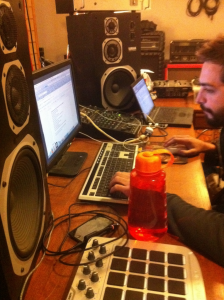 My old desk was a nice L-shaped oak desk that was stationed in the middle of my studio. Yamaha NS-200 studio monitors were arranged to point directly at the engineer’s ears, which made the setup excellent for mixing and producing music. It was even a pretty good setup for recording live instruments. It was optimal for my price range and purposes at that moment. Following my plummet, however, I had gotten rid of most of my studio gear and was no longer engineering music.
My old desk was a nice L-shaped oak desk that was stationed in the middle of my studio. Yamaha NS-200 studio monitors were arranged to point directly at the engineer’s ears, which made the setup excellent for mixing and producing music. It was even a pretty good setup for recording live instruments. It was optimal for my price range and purposes at that moment. Following my plummet, however, I had gotten rid of most of my studio gear and was no longer engineering music.
Just a few months ago, I completed a successful Kickstarter campaign to write, edit, promote, publish, and distribute my book, “Lights, Coma, Action!” Because of the immense support that I received for this project, I asked myself, “What tools could help me be a more productive writer?”
Now that I have embarked on this serious writing project, I have been trying to find a way to write for long periods of time without being sedentary. There are hundreds of studies that demonstrate that “the finely honed energy balance that occurs in the brain appears to have implications not only for how well the brain functions during exercise, but also for how well our thinking and memory work the rest of the time.” (http://well.blogs.nytimes.com/2012/02/22/how-exercise-fuels-the-brain)
Not only do our bodies appear to have evolved in circumstances that required activity, but so did our brains. It is only relatively recent in the course of human evolution that our species even had the opportunity to lead a sedentary lifestyle. In an earlier post (Biology, Evolution, and the Brain), I discuss how the internet is bringing human evolution to entirely new frontiers in cultural terms, but sitting at a desk all day, not surprisingly, seems to be strongly correlated with chronic disease and obesity.
Walk This Way
While extensively researching treadmill desks, I came upon a LifeSpan, a company who make some very cool desks. And, while I was worried about the price, I knew how important this work space was going to be. I was going to end up using it for most of the day EVERY day!!!
In an attempt to find out where I could physically try one of these for myself, I found out that this company is located here in Austin! What are the odds? My mother and I went to their storefront and found exactly what I was looking for. It was the week before finals, so I scheduled to have it delivered on the last day of classes for the semester, because I would have to uproot my entire work area when the new desk came. Due to breaking down everything, my apartment was in shambles when the desk arrived. I spent a lot of time trying to get everything just right.
So the way it works is that I walk about 1.5 miles per hour while I surf the internet, read articles, or write. If you have ever sent a text while walking, you have an idea of how it feels to use. This desk is easier to write on than composing a text while walking because you have a much bigger screen and keyboard to work with, and you aren’t actually in danger of walking into traffic or something. It was a little tricky to orchestrate writing and walking at first, but I got the hang of it pretty quick.
The Evolution Revolution:
Survival of the Most Adaptable
One of the most valuable skills I have had to learn since my brain injury is learning HOW it is that I personally learn. This requires meta cognition, which is a fancy way to say “thinking about thinking” or “thinking about how one thinks.” What I had found even before my brain injury is that if I wanted to learn how to do a job, the best move was to get the tools that I needed to do it and to practice. Now that I’m disabled in certain ways as a result of my brain injury, I have found that there is no better way for me to learn than through active learning (actual experience). Additionally, there is no better way for me to find where changes must be made, and to creatively dream up adaptive methods for my limitations.
Because my left side is ataxic, when I type on a keyboard, my left wrist elevates above the keys. While standing, my wrist seems to be cocked back even more and my wrist begins to ache on the desktop after a few minutes. I plan to get a keyboard tray that would allow the keyboard to tilt in the opposite direction. I cannot find a device that allows the keyboard tray to slide horizontally from the sitting side to the treadmill side of the desk, so I intend to make one. I may have a background in audio engineering, but I have always demonstrated mechanical engineering tendencies.
The Blind Spot
So far, this desk is amazing! Because I can remain active while doing desk work, I am able to increase my productivity. Despite the benefits of my new ability to write for hours and to stay healthy while doing so, I have already recognized a large problem with spending so much time writing. Although I am constantly moving, working at a desk positions my eyes to constantly be focused on objects that are close. This means that my eyes are constantly converging or crossing in. This is normal when focusing on objects that are close. When focusing on objects far away, the eyes look outward, meaning the right eye looks slightly to the right and the left eye looks slightly to the left. This is called divergence.
A rule that I have used in an attempt to keep my eyes healthy is known as the 20/20 rule: 20 seconds of divergence for every 20 minutes of convergence. This means that after 20 minutes of working at a desk in which my eyes are constantly converging, I let my eyes diverge by focusing on an object in the distance for 20 seconds. This practice works during the day when I can look out of a window, but when it is dark, the furthest object that I have to focus on is only across the room.
I have written before about how I have fourth nerve palsy which results in my diplopia (Double Vision). Essentially, one of the muscles that controls the movement of my eye (oculomotor muscles), is partially paralyzed. The particular muscle that is partially paralyzed for me is called the superior oblique muscle, and it pulls the eye downward and out. The vertical alignment of my eyes is most notably affected, but I also have trouble moving my right eye outward, making it difficult for me to diverge in order to focus on objects that are far away.
I practice vision therapy because it employs methods to train the brain to effectively position and focus the eyes in order to interpret the visual world. For me, vision therapy has been a very effective form of neurorehabilitation. When it comes to neurorehabilitation, the general rule seems to be “use it or lose it.” By this logic, if I did not diverge regularly, my vision may deteriorate.
I talked to my vision therapist about this predicament, and she gave me a transparent sheet with two images that are similar but spaced apart. She then began to explain overlapping, or stereoscopic, images. With overlapping images, one can converge (cross), or diverge (widen) their eyes in order for a 3D image to appear. Basically, by using overlapping images to converge or diverge your eyes you can trick your brain into seeing a 3D image.
I will be guiding you through convergence by using the image below. Try to follow along with what I describe: If you are able to cross your eyes at will, do so while looking at the two images. If not, try holding your finger vertically between the two images and focusing on your finger. At first, you may notice that the diagram below splits into four images. Now bring your finger towards your nose. If done correctly, two of the split images will become one three dimensional image and you will see 3 images with the middle image being three dimensional. If you can do this, you have tricked your brain into seeing a 3D image that is not really there.

Because I am personally unable to diverge without a transparency, and because technology has not yet given me the ability to provide you with an image to focus on that is deeper than the screen of your computer monitor (exercising your eyes ability to diverge), it is impossible for me to explain how to use divergence to overlap these images. Because I am constantly looking at objects up close, a transparent sheet with similar images is used. This allows me to focus on something beyond the plane of the transparency and then to change my view on the diverged overlapping images. This tricks my brain into thinking that I am looking out into the distance. My brain then tells my eyes to look outward (diverge) as if I actually was looking into the distance. Essentially it gives me the means to change from convergence to divergence throughout my writing sessions.
Are you still with me? I know that what I described above takes a lot of attention to understand…
Now that I had a method to diverge my eyes, even when it is dark outside, I needed a reminder to actually do these vision exercises every 20 minutes. Because this excessive convergence occurs while I am working at my desk, I needed some sort of a reminder that would ideally be on my computer. I had heard of a free App for the Mac OS called “Time Out” that gently lets you know to take a break, so I got it. The program is customizable and allows me to set a silent timer for every 20 minutes. This program simply lets me know that it is break time for one minute. Every time the reminder comes up, I stop for a moment and do a divergence exercise using transparent stereoscopic images.
Tools for the Job
Any good carpenter will tell you that, while you can build a house with cheap tools, it is well worth it to invest in high-quality tools and work gear. Because my desk is where I plan to be spending a large amount of my time, I am very happy that I have invested in a workstation that will help me to be more of a productive writer. By utilizing a treadmill desk, vision therapy, and a keyboard tray to position my wrist comfortably, I think that I will be able to spend several hours a day at my desk as a “desk jockey” and to not only stay in good health but to encourage the neuroplasticity of my brain.

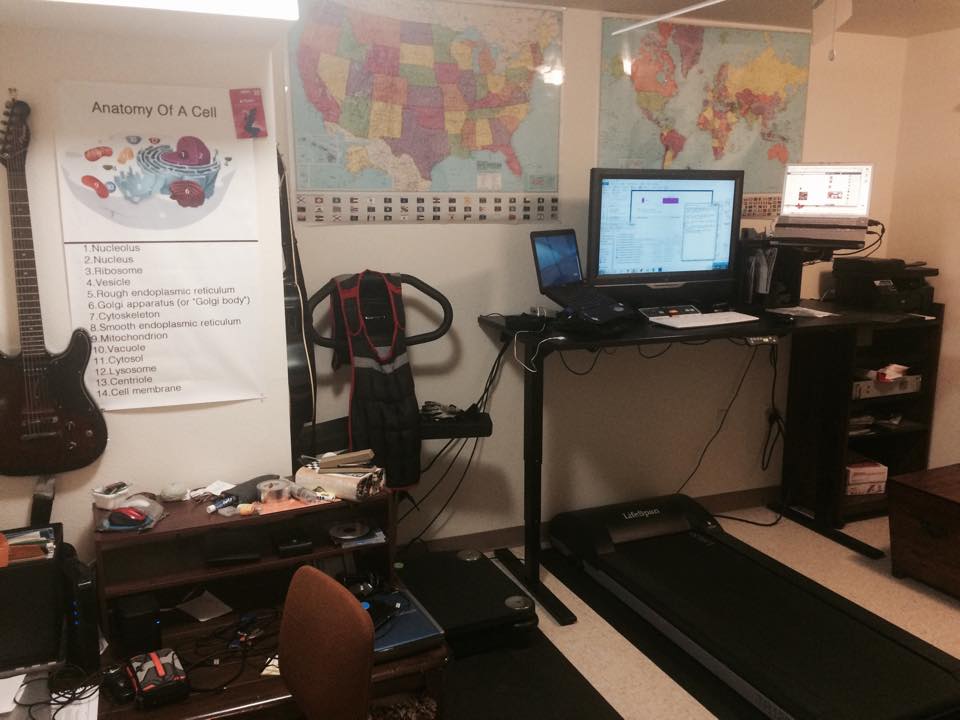
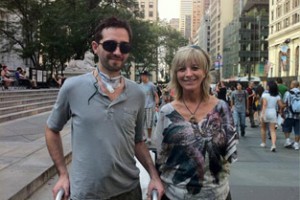
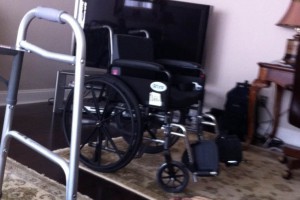


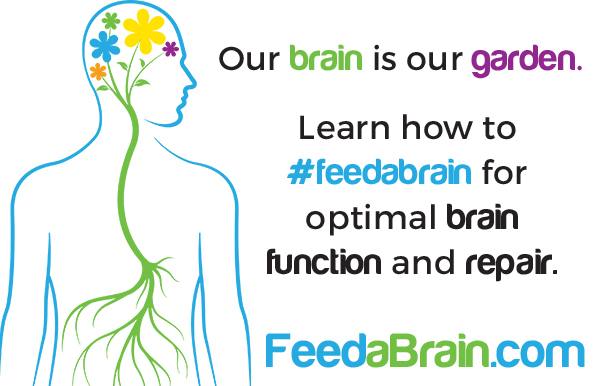
5 Comments
Leave your reply.